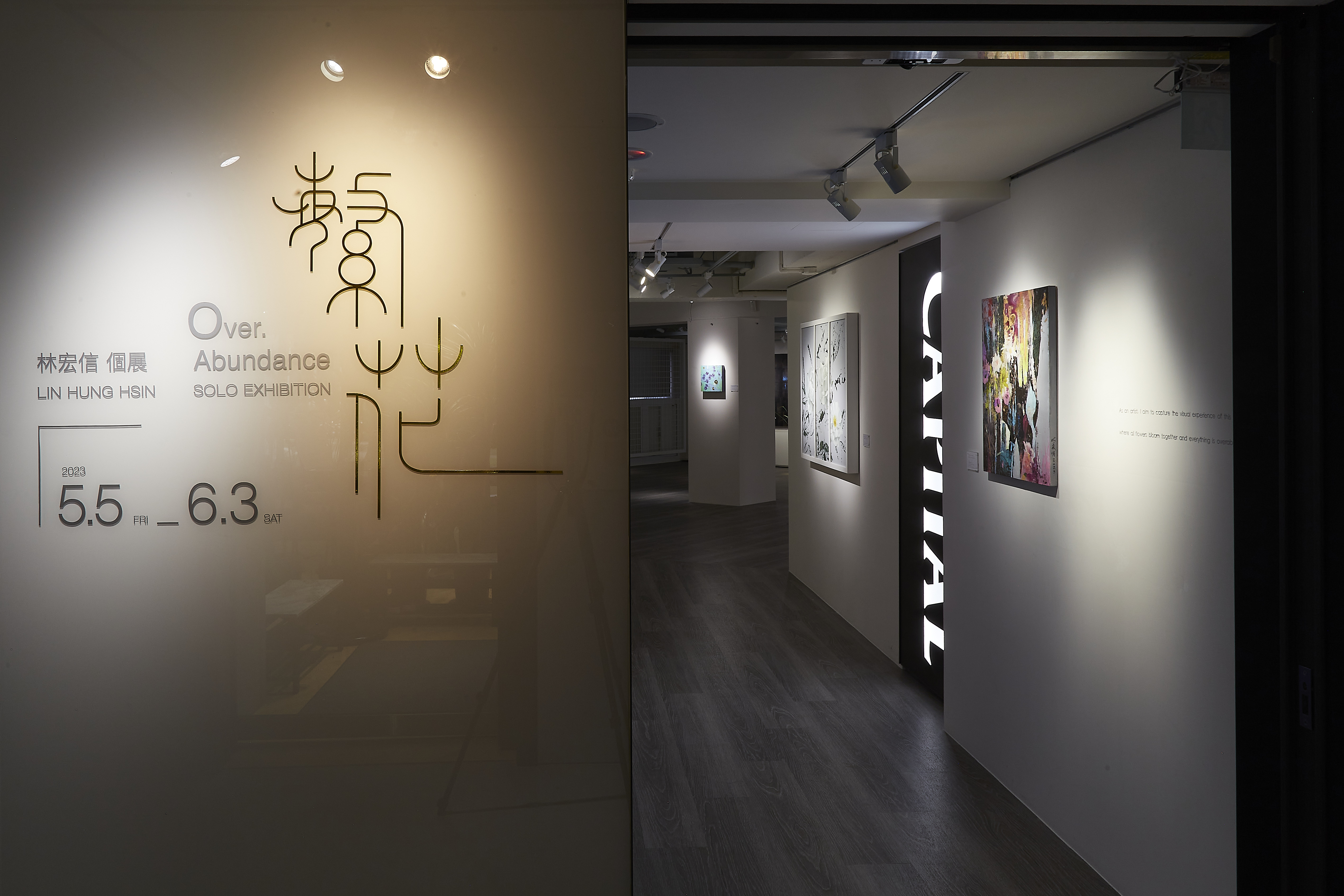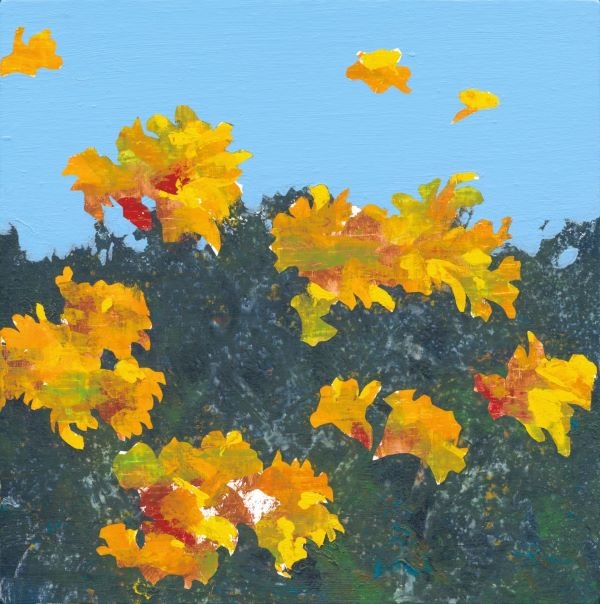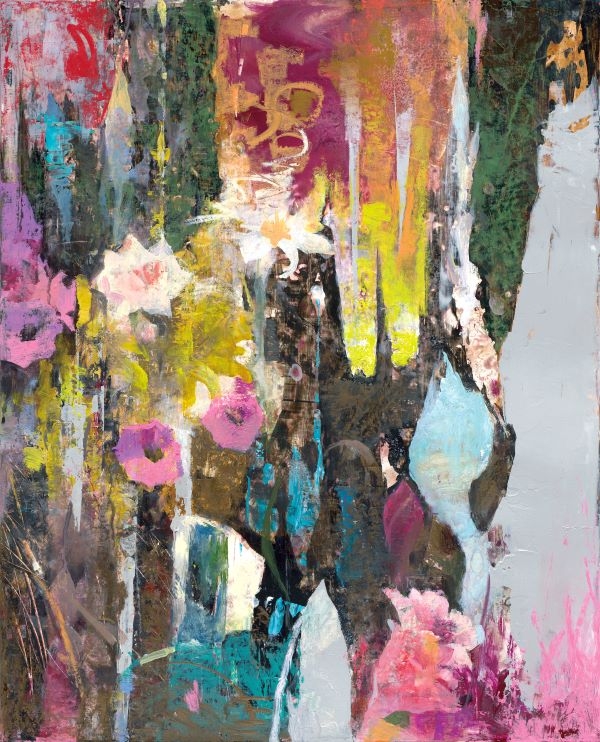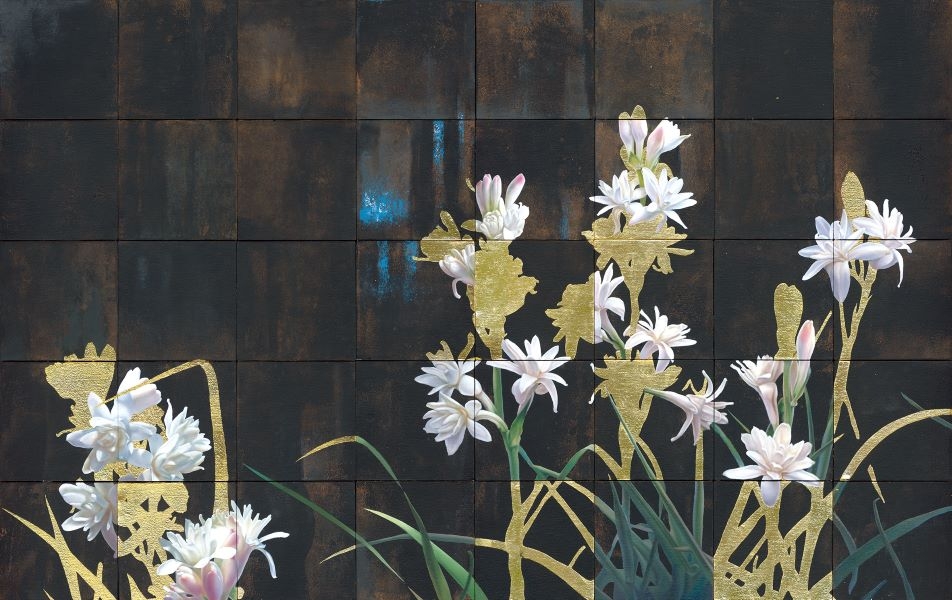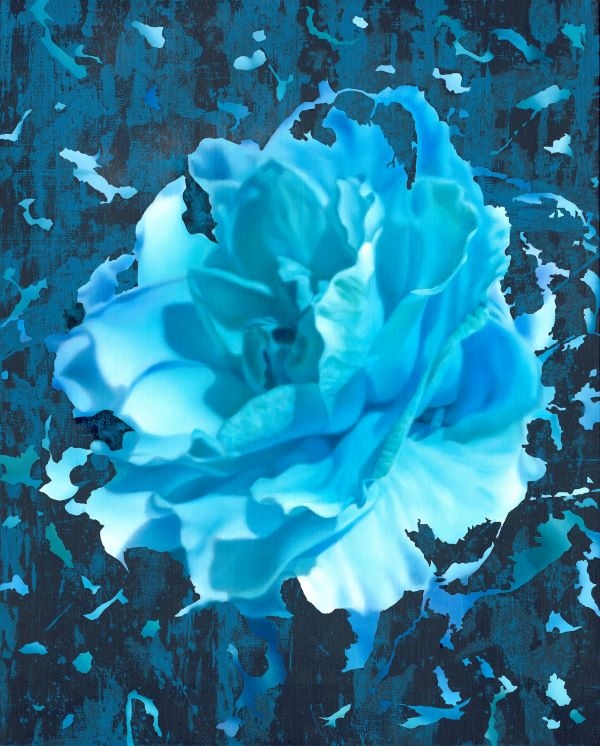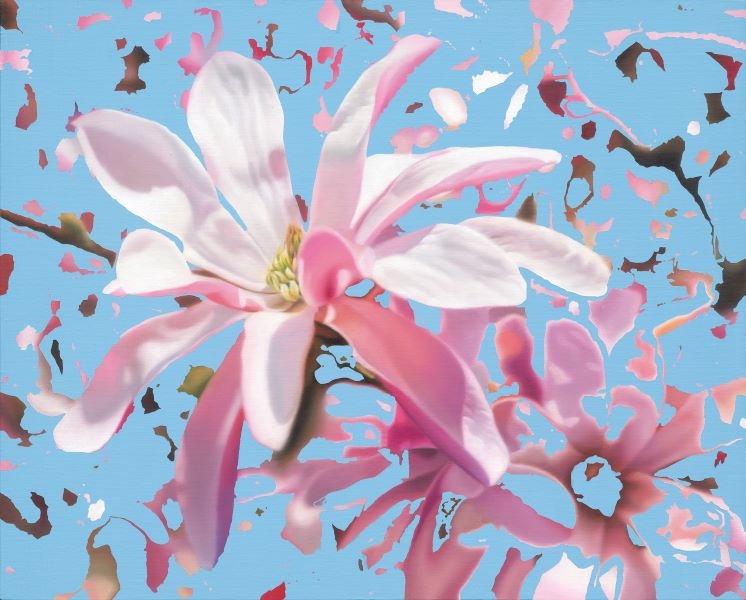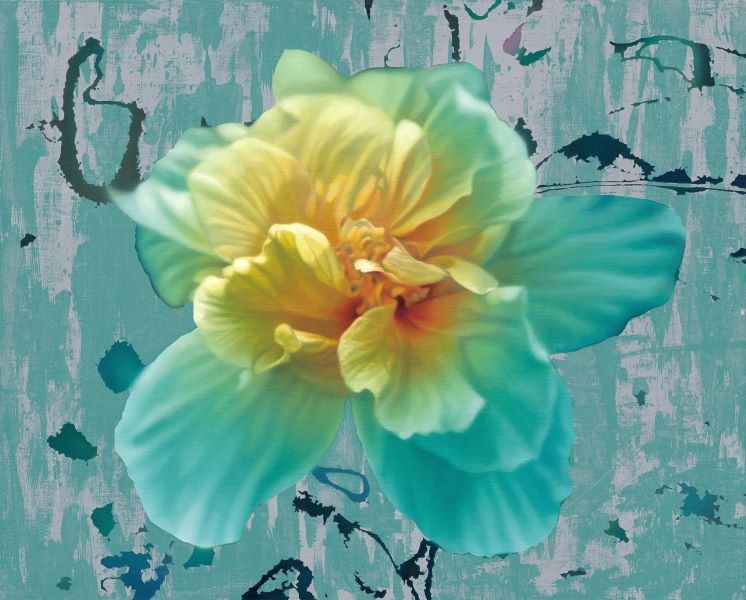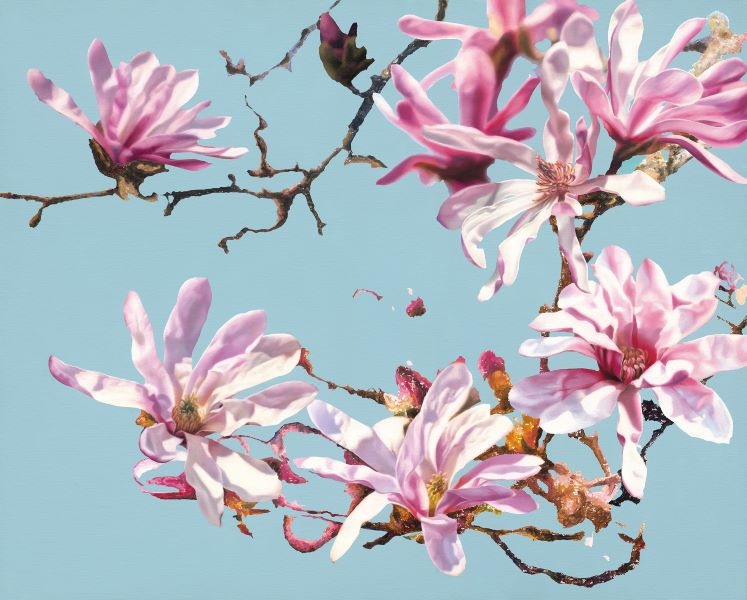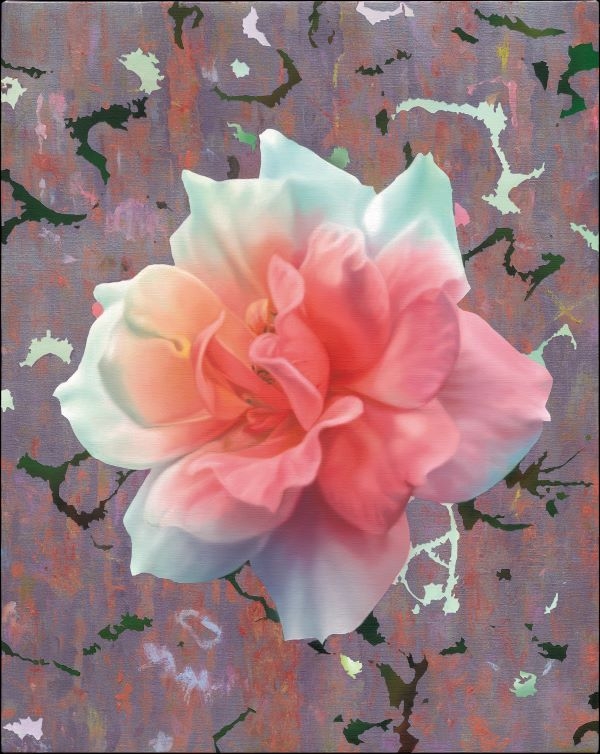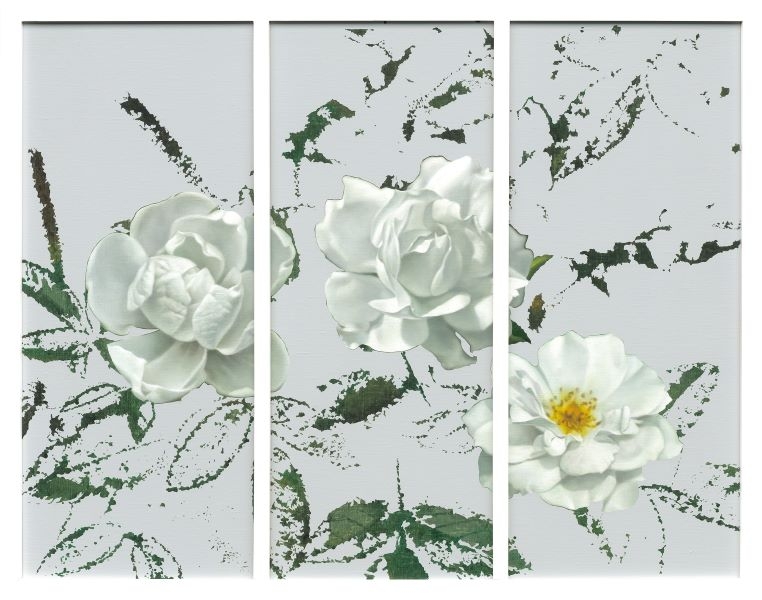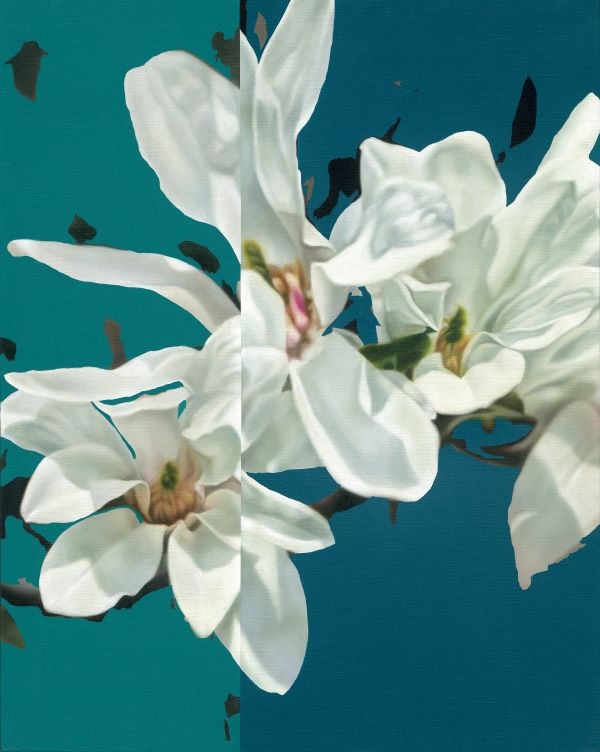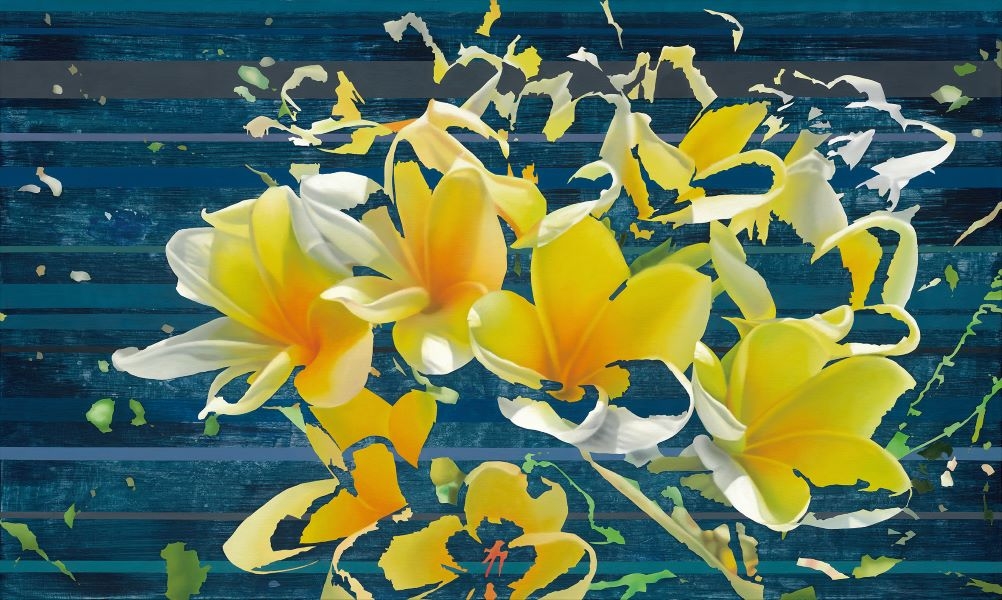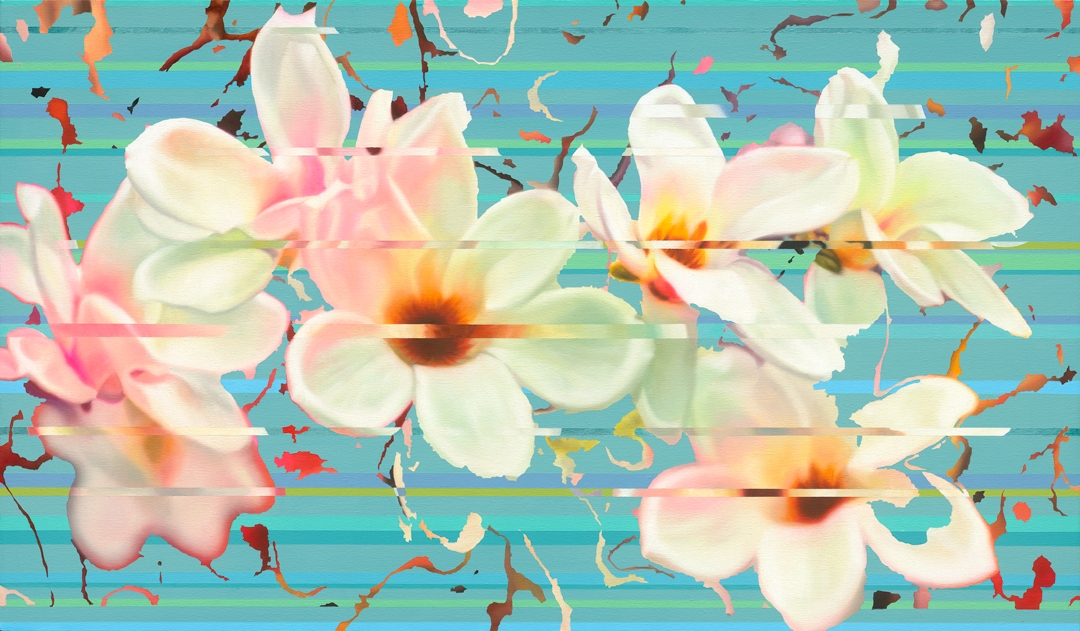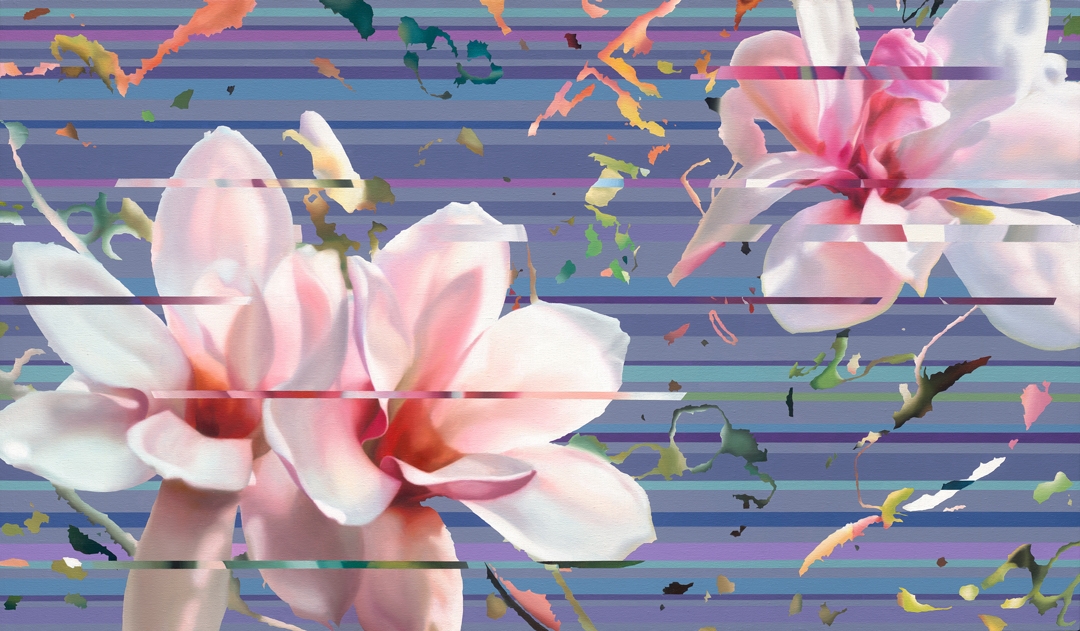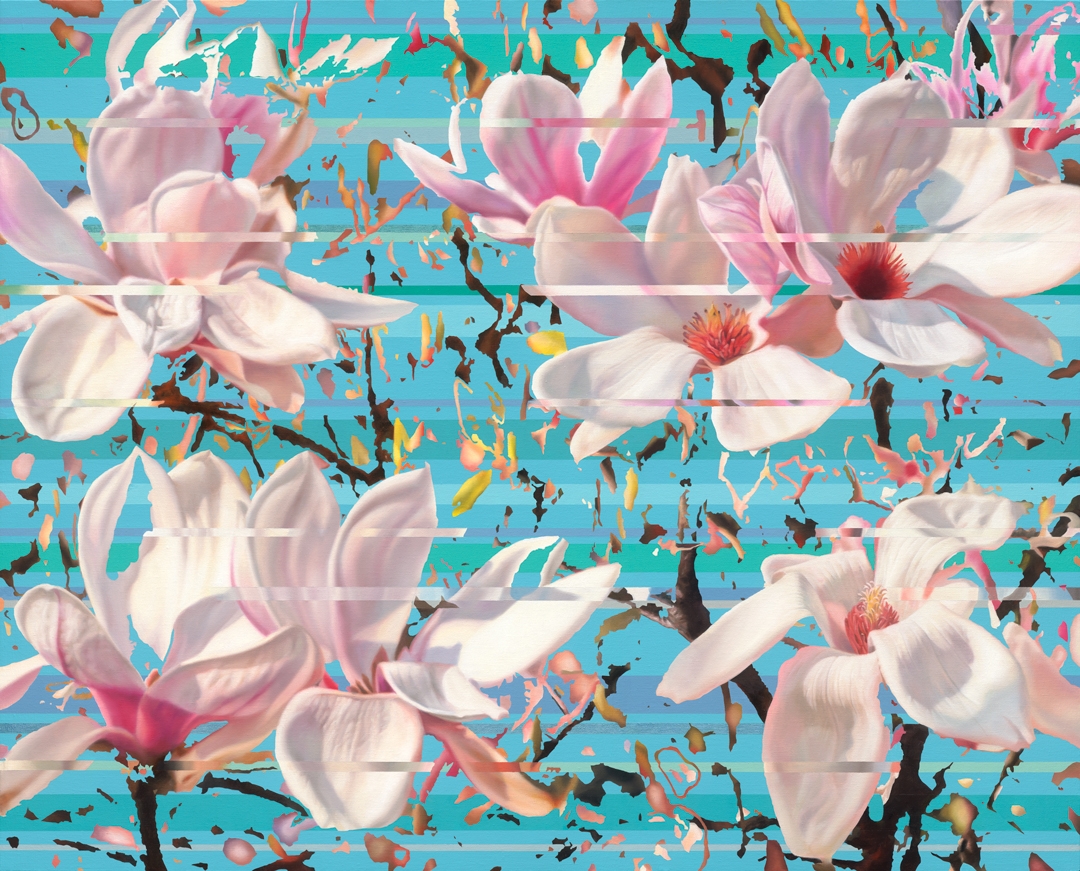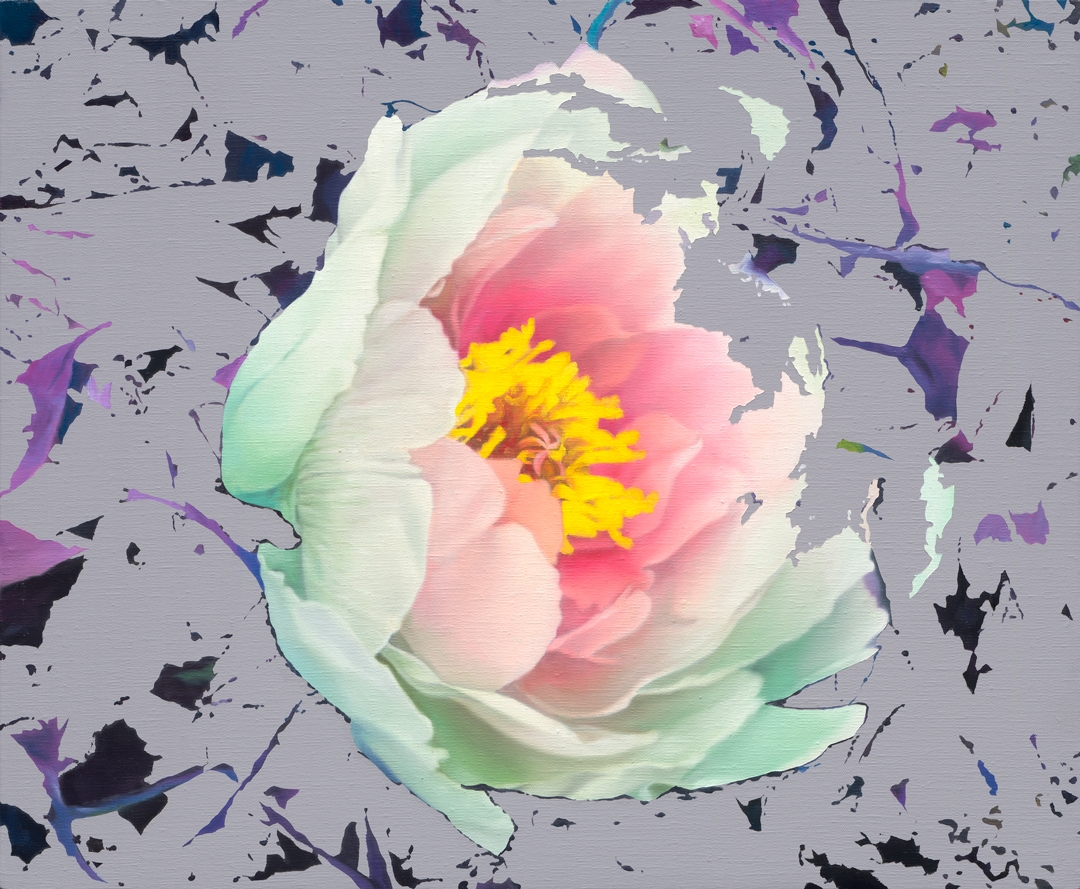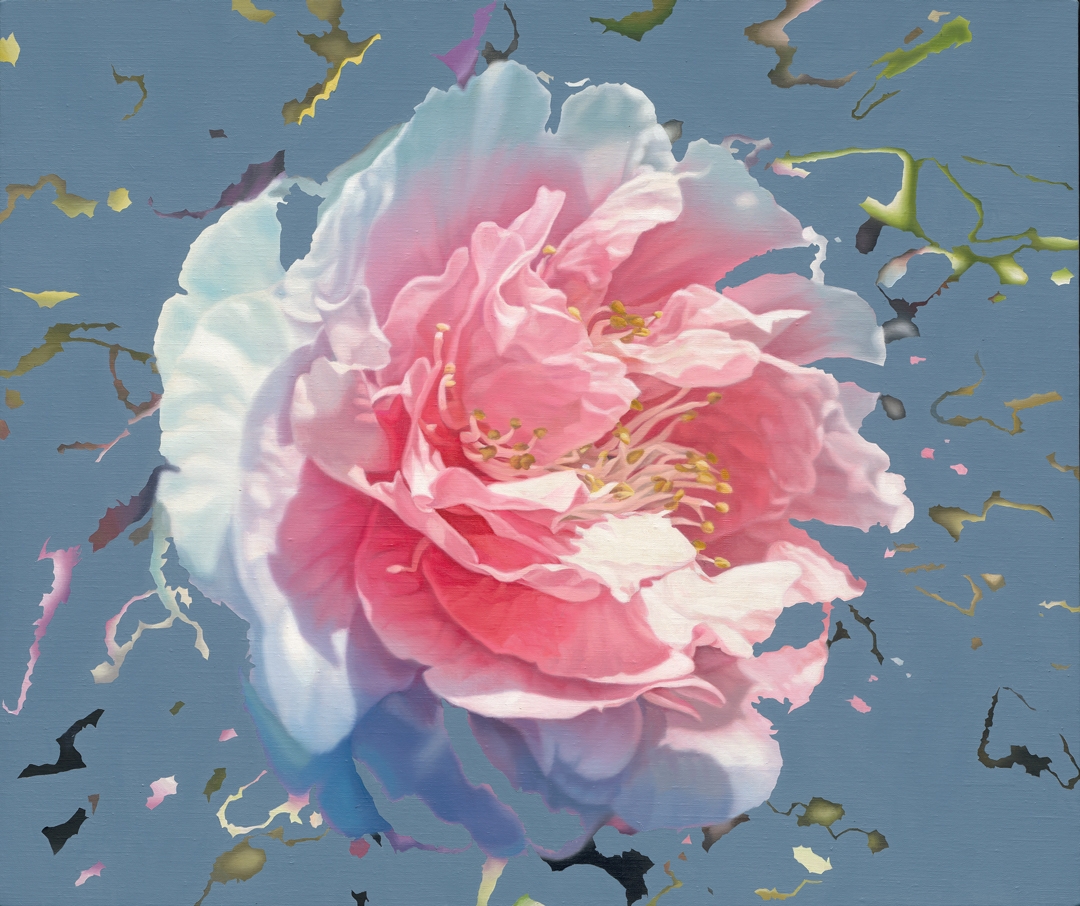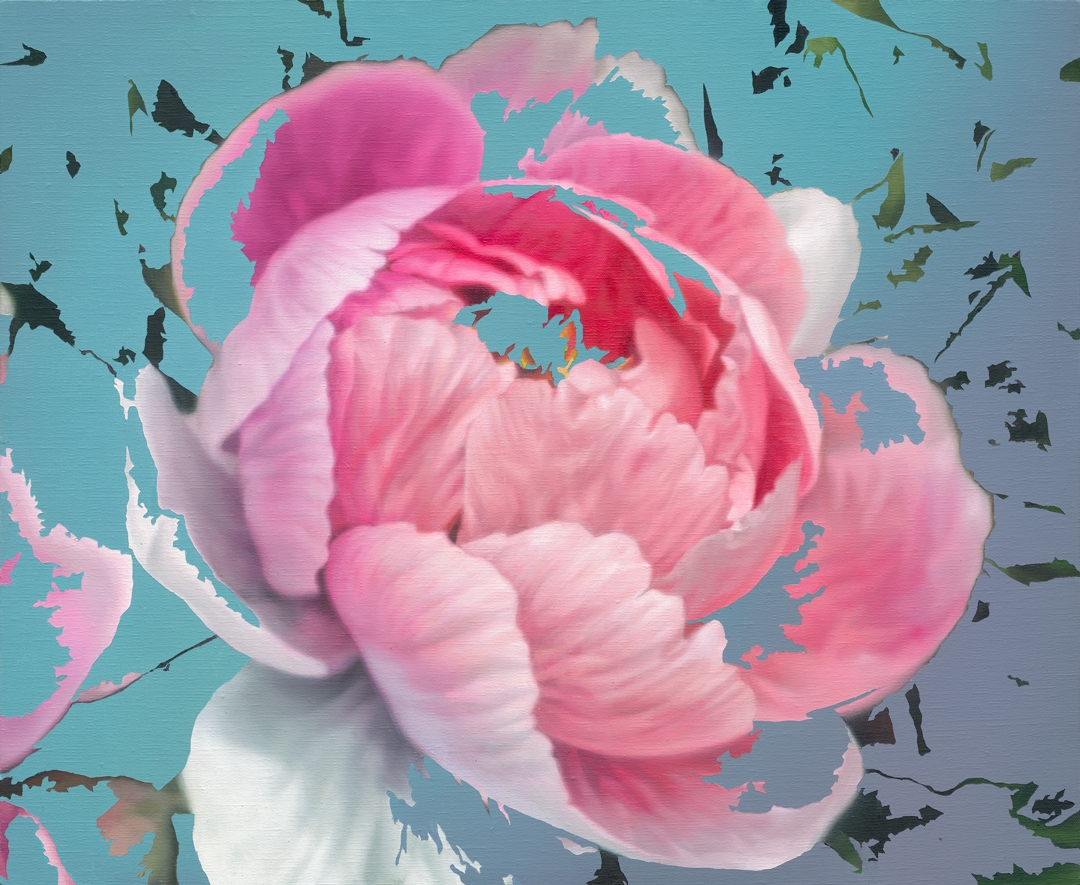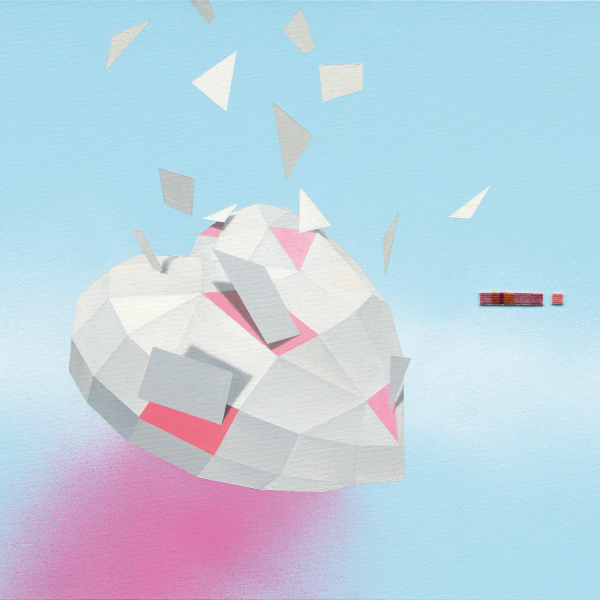On the Reproduction of “Reality”
The development of figurative painting initially relied on the artists’ visual observation, as they depicted real-life objects through imitation. However, with the advent of photography, the trajectory of representation has shifted. Realist painters now frequently use photographs as their references, often directly imitating and reproducing the perspective, scene, and color of the photographs. As a result, people have come to perceive photographs as accurate representations, despite advances in optical and chemical imaging technology showing that the color tone, lighting, and shadow depicted in photographs can deviate significantly from reality.
As cameras have replaced the function of reproduction, painters are left only to imitate and reproduce the “realness” of photographs, resulting in replications of representations. Today, with the advent of the digital age, images are constructed from binary code, consisting of 0s and 1s, and our eyes have become accustomed to dazzling and varied images. With rapid advancements in image processing technology and the proliferation of the internet and online communities, images have gained even more possibilities. We now unconsciously encounter and assimilate tens of thousands of images every day, which have become a crucial source of our visual experience. Digital images have also become critical references for contemporary artists. Put simply, our sense of color is shaped by what we see on screens, influencing the “reality” we believe in.
Blurred Subjects and Sharp Edges
I aim to capture the contemporary visual experience by utilizing the screen (optical) color as the primary color tone of my work. To achieve this, I apply selfie retouching techniques that are commonly used, such as skin beautification and blurring. I deliberately abandon the traditional depth of field of the subject, opting for an unreasonable soft focus on most of the subject. Through cut-and-paste and chroma key techniques, I merge chosen objects, such as flowers, with hard edges on a plane background in an illogical manner. Additionally, I incorporate color strips similar to those found in negative films, resulting in a continuous contrast of colors and contradictions. These elements are a metaphor for the absurdity and visual stimulation that one encounters in the online world.
The scattered color blocks in the background are the residual fragments of reality that remain after randomly removing the original backgrounds. These fragments of reality manifest as abstract lines and color surfaces, reflecting the predicament that is all too common in modern society. Despite being bombarded with copious amounts of videos and information on a daily basis, we struggle to fully comprehend and process them.
We are accustomed to the way the focus of the retina and the focus of the camera make the subject clear while blurring the background. This effect creates a clearer foreground and a more blurred background. As a result, primary and secondary subjects are easily distinguishable. This visual experience has long been reflected in figurative painting. However, in this series of works, I took elements from real object images, used digital image processing to simulate optical coloring, and then reproduced them realistically on paper. By doing so, I deliberately shifted the focus from the subject to the object, resulting in a purposely blurred subject and sharply defined edges and background. After cropping the image, the subject is highlighted, and its notable volume and “normal” light and shadow make it appear reasonably close to reality. However, appropriately blurring the image can create a sense of distance that feels familiar. This sense of distance can actually be more realistic. To suppress the authenticity of the image, I placed the subject abruptly near the center and added a flat rectangular (or other shaped) color block. What kind of ambivalence is this based on? Does it prompt self-reflection, or it may also be seen as a boring tautology? I wonder if this folding of meaning causes a qualitative change in meaning, but I have no answer.
All Flowers Bloom Together in the Internet Era
The challenge of working with a common and familiar material like “flowers” is how to avoid repeating the ideas of previous artists. To accomplish this, I eliminate the conventional meaning of “flower” and deconstruct the image’s structure by avoiding the imitation of natural elements like environment, flower color, or depth of field. Instead, I focus on the fundamental aspects of painting, such as color, structure, layering, shape, and composition, in order to break free from the figurative appearance of the “flower” and transform it into fragmented color blocks or elements of composition. By using a collage-like approach and cutting strips of color, I look to turn the realistic and figurative “flower” into an abstract symbol in my work.
Therefore, what kind of “flower” is depicted in my work holds little significance to me, as my choice is primarily based on shape and color. I draw inspiration from the way in which all flowers bloom together in the era of we media, especially how images flood various communities and video websites, creating a powerful and impactful perception.
Andy Warhol (1928-1987) once said: “In the future, everyone will be world-famous for 15 minutes.” In today’s era of information overload and we media, his words couldn’t be more relevant, as the internet has the power to turn anyone into a celebrity. As an artist, I aim to capture the visual experience of this era, where all flowers bloom together and everything is overabundance.
